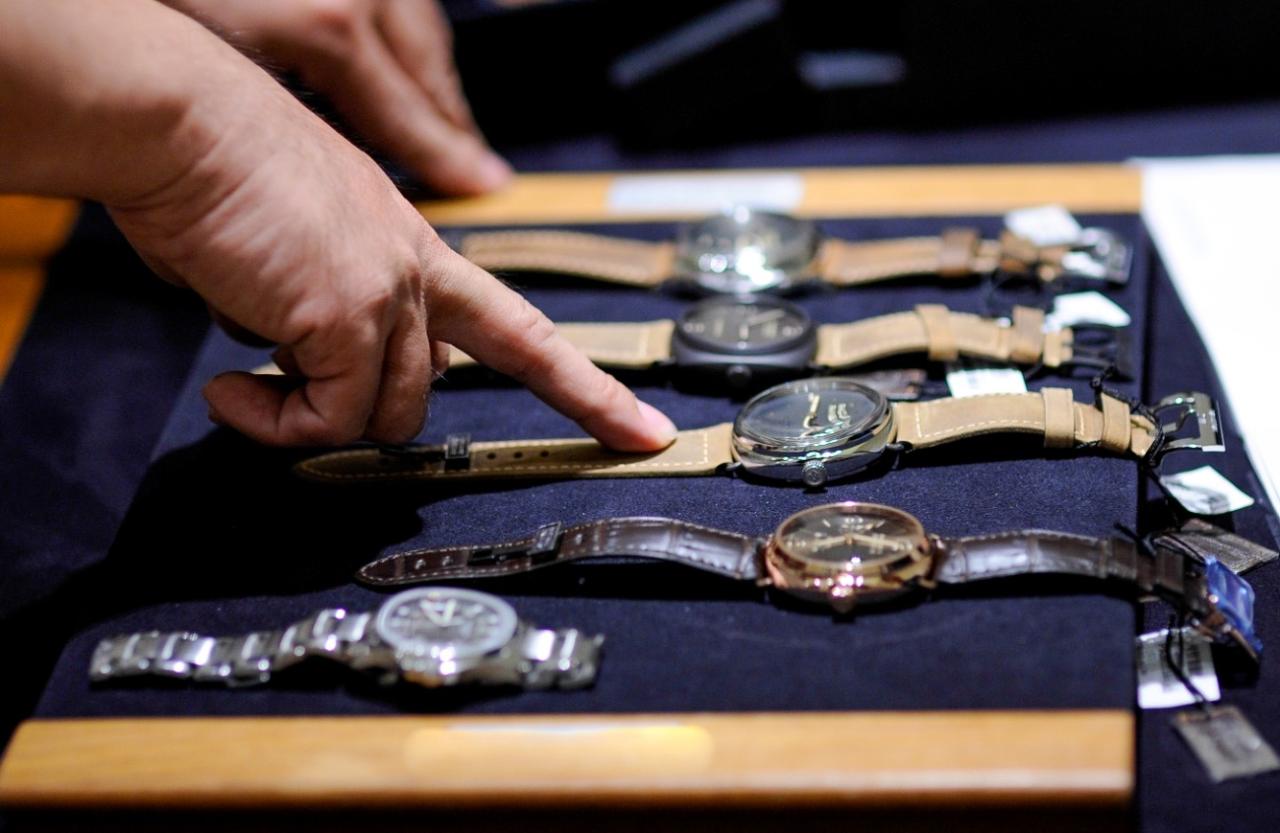
There are watches, and there are watches. Even in the rarefied world of luxury watchmaking, the offerings range from merely excellent to heirloom-worthy. Each timepiece is an intricate marriage of two domains, aesthetics and technology, and seeks the approval of two audiences, public and professional, who have different ideas of what makes a great watch. If you were a watchmaker, how would you navigate between these demands in order to maximise both sales and prestige?
This is a strategic challenge that Kim Claes, Stoyan Sgourev and I address in a paper published in Aesthetics and Style in Strategy, the 42nd volume of the Advances in Strategic Management series. The book, which I co-edited, is the first systematic survey of the interface between style and strategy. It offers insights into, among other things, how producers make style choices as well as how consumers and other audiences evaluate and react to those choices.
In Chapter 2, my co-authors and I detail our findings on the topic vis-à-vis the world of high-end timepieces. Laypersons (such as consumers) and professionals (such as watchmakers, journalists and museum curators) have different appetites for aesthetics. It follows that a key strategic challenge for firms is how to calibrate their product portfolio aesthetics to please both groups. This is an intricate balancing act in other industries, too, as managers try to harness aesthetics to win over audiences with diverse sensibilities amid the rise of consumption of style rather than just goods.
Decoding luxury watches
We propose that this challenge could be tackled by considering three mechanisms. The first is social embeddedness, which speaks to the audience’s social status and the extent to which their evaluation principles conform to prevailing norms. Then there is motivation. For example, while professionals are likely to wish to validate their expertise and improve their reputation, laypersons tend to focus on consumption and value. Finally, supply-and-demand logic suggests that a complex product portfolio may increase the likelihood of a match with the audience’s needs.
We constructed a database of watch models released over almost a decade with information from the Wristwatch Annual, dubbed the “bible” of watch aficionados, and other sources including the main watchmaking professional associations, the Fédération de l’industrie horlogère suisse (Federation of the Swiss Watch Industry) and the Fondation de la Haute Horlogerie (Foundation of Fine Horology). The data covered 9,536 models from 194 watchmakers in Switzerland, Germany, France, Italy, the United States and Japan.
We assigned each watchmaker, in a given year, a score for aesthetic complexity, i.e. how many different combinations of design elements – watch case, band, closing mechanism and movement – they used.
Likewise, we scored the technological complexity of watchmakers based on the number of watch models with different combinations of functions they made. To measure market performance, we looked at whether the watchmakers received any award (such as the Montre de l’Année or Watch of the Year) from public and professional audiences.
Our analysis, which accounted for other factors such as media exposure, how established the watchmakers were, product prices and other potentially confounding variables, suggests that lay audiences appreciate the number of aesthetic combinations only up to a moderate level. Non-experts, we surmise, tend to think of watchmakers with highly aesthetically complicated product portfolios as lacking focus. This would not augur well for any investment they might make (reflecting the “motivation” and “supply-and-demand” mechanisms at play).
Meanwhile professionals, with their extensive body of codified knowledge and stakes in the industry, appreciate even very high levels of aesthetic complexity (“social embeddedness”). In terms of technology, both groups value high levels of complexity, but professionals appeared to snub products that fall below that threshold (“social embeddedness” and “motivation”).
Our conclusions would apply to tech-related industries that are increasingly embracing aesthetics, such as consumer electronics. To please both the average consumer as well as experts, firms might first seek to satisfy the former via a medium level of aesthetic complexity. After establishing a customer base, they might then try to win professional approval by gradually raising their products’ aesthetic sophistication.
Why wearing heels pays
Whatever the aesthetic or technological merits of luxury watches, they are widely regarded as a status symbol. But there is little need to shell out thousands or tens of thousands of dollars for a boost in prestige. According to another new study – also published in Aesthetics in Style and Strategy – by INSEAD Associate Professor of Marketing David Dubois, wearing high-heeled shoes could also do the trick.
Research has shown that heels-wearers are perceived to have a higher social status and sometimes reap the associated financial benefits (such as higher pay). In a series of experiments, Dubois and co-author Lalin Anik go further in teasing out the interplay between style, status and power.
They found that participants who lacked power relative to others were more likely to favour high-heeled shoes compared to baseline or high-power participants. They further found that wearing heels (2.75 inches vs. flat shoes) made individuals feel and behave more powerfully – and thus led them to think more abstractly and be more action-oriented – but only when the heels were worn in others’ presence. The latter finding may explain how high status helps individuals gain or preserve their influence in social contexts.
As aesthetics permeates the economy, across industries, consumption habits and social identities, its study is not just about value creation. It’s also an inquiry into how style and beauty can be used to enrich organisational cultures, inspire leaders and motivate employees, and ultimately, secure sustainable competitive advantage and customer loyalty.
Edited by:
Seok Hwai LeeAbout the research
-
View Comments
-
Leave a Comment





No comments yet.